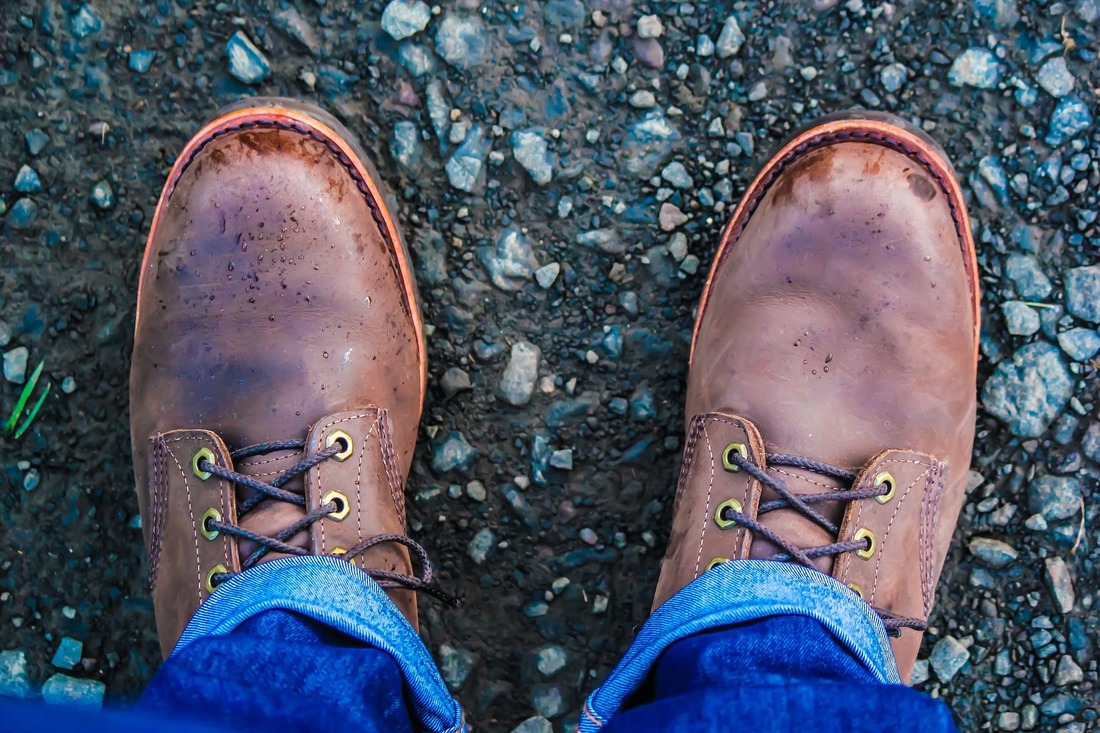|
21/5/2018 0 Comments Plantar FasciitisPlantar Fasciitis is a condition that causes pain in the heel or arch of the foot; it can have effects in other areas too. It can be caused by overstretching of the fascia or damage to the connective tissue between the heel, known as the calcaneus, and the ball of the foot. Symptoms include stabbing pain near the heel. Pain can be worst first thing in the morning taking your first few steps or after long periods of inactivity or weight bearing. The pain may also be there after activities, but usually not during the activity or sport. It may feel like a knife stabbing into the heel of the foot. What does Plantar Fasciitis mean? The bottom of the foot is called the “Plantar” region. Fascia is bands of tissue that covers most of the body; it helps keep muscles in place, wraps around organs and muscles, and separates muscles from muscles and other parts. It is like the sinew you find wrapped around the leg of lamb that you may buy. When this fascia gets irritated it can become inflamed, and this condition is referred to as “itis”, so combined with fascia it becomes, “fasciitis”. Why does it hurt? Over stretching of this connective tissue can cause tearing and inflammation. Bruising may also occur from overuse or high impact. What causes it? Some of the conditions below can be contributing factors to plantar fasciitis.
What can I do to treat it?
There are several initial ways to treat plantar fasciitis and they may include some gentle stretches, taping of the foot, having an orthotic custom made, doing some strengthening exercises and massages to help break up the tissue. When we stretch we should include the bottom of the foot, the Achilles tendon and the calf muscles as they can all play a role in making the pain worse. Taping can bring some initial pain relief but usually only lasts a few days at most. Strengthening is a little longer to get results and can at time cause more pain before getting good gain, but is worth persisting with. Orthotics are also good way to get the pressure off the connective tissue and position the foot correctly. It is important to get the orthotics made for you and not just over the counter ones, support and positioning are very important. Massage is a great way to help bring short and long term relief from pain. Your therapist will usually combine a few of the treatment options to get you back on your feet again, pain free. Disclaimer. While we make every effort to ensure that material on this site is accurate, such material does in no way constitute the provision of professional medical advice. We do not guarantee, and accepts no legal liability whatsoever arising from or connected to, the accuracy, reliability, currency or completeness of any material contained in this article. Users should seek appropriate independent professional medical advice prior to relying on, or entering into any commitment based on material published here, this material is purely published for reference purposes alone.
0 Comments
Leave a Reply. |
AuthorWrite something about yourself. No need to be fancy, just an overview. ArchivesCategories |
Search by typing & pressing enter



 RSS Feed
RSS Feed